First, just let me say that I hope that you can find a way to add “scrumtrulescent” to your vocabulary! I'm not sure if it is a “google friendly” word for a blog post title but I don't care. It literally makes me laugh every time I say it. Try it on for size and see if it does the same for you ; )
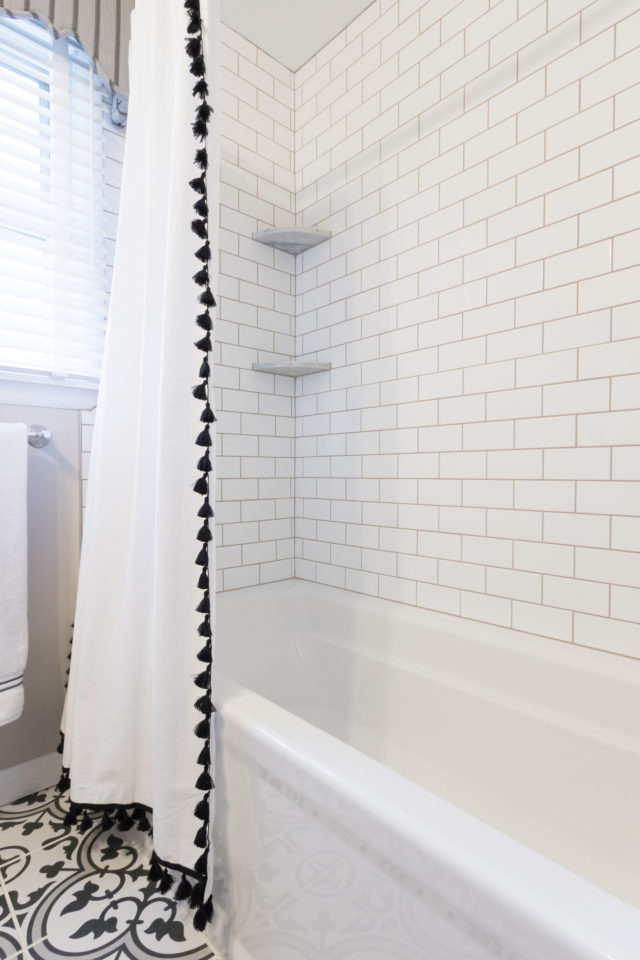
Ok, onto subway tile! Just like scrumtrulescent, subway tile makes me smile. I mean, who doesn't love it? It is so versatile, timeless and super reasonably priced. All of this makes it an ideal choice if you are planning to update a backsplash or a bathroom before you sell your house.
And even if you aren't selling any time soon, put subway tile in your house and you know that when you get ready to sell 10, 15, 20 years from now it will still feel current.

Aaaaaannnndddd, you can create so many cool patterns with it to create a designer look for backsplashes, bathroom walls and floors. We'll get to that in a minute.
But let's start with what subway tile actually is…
In 1904, New York City, the subway system and these perfect white, 3 x 6″ tiles were born. Victorians were obsessed with cleanliness and gracing the walls of subway tunnels with gleaming white tiles provided reassurance that all was good with the world. And, they reflected light even in these subterranean spaces.
Today, subway tile comes in so many more colors than white and it is now made in stone and glass too, making it even more versatile.
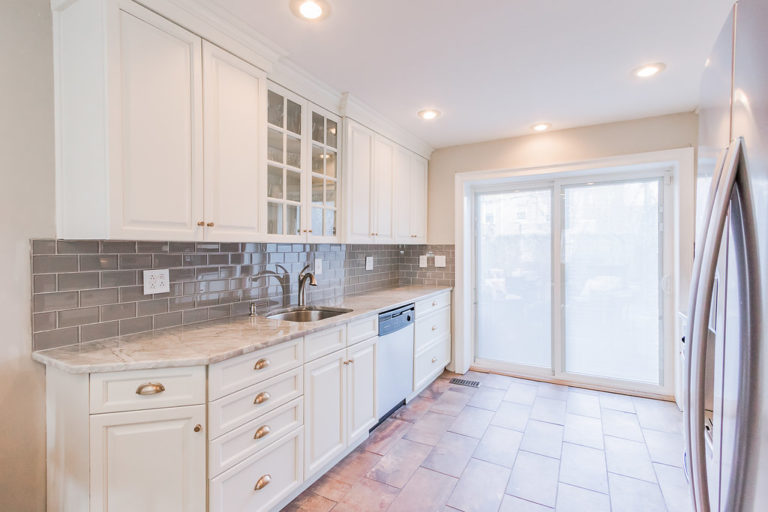
At the end of the post, we have a handy chart of 15 different patterns that you can use to share with your contractor. Just circle the pattern you want and they will automagically make it happen!
And here are some beautiful real-life examples of how you can create some really pretty designer spaces with these versatile tiles (I'm showing mostly bathrooms so you can really see the pattern but most of these will work for a backsplash too):
15 Subway Tile Patterns
Brick/Running Bond
Quick note: These tiles are lined up with what is called “1/2 offset”. I have learned that some tile people will ask you if they should be offset by 1/2 or 1/3. I feel like this is them trying to be tricky because 1/3 offset is used for laying wood floors or wood-look tile, not this kind of subway tile wall. The answer is always 1/2. You're welcome.
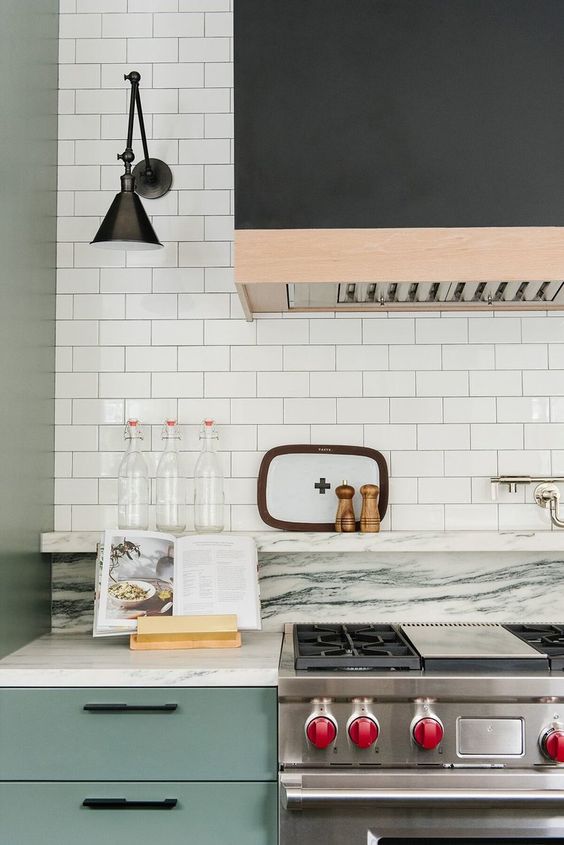
Vertical Brick/Running Bond
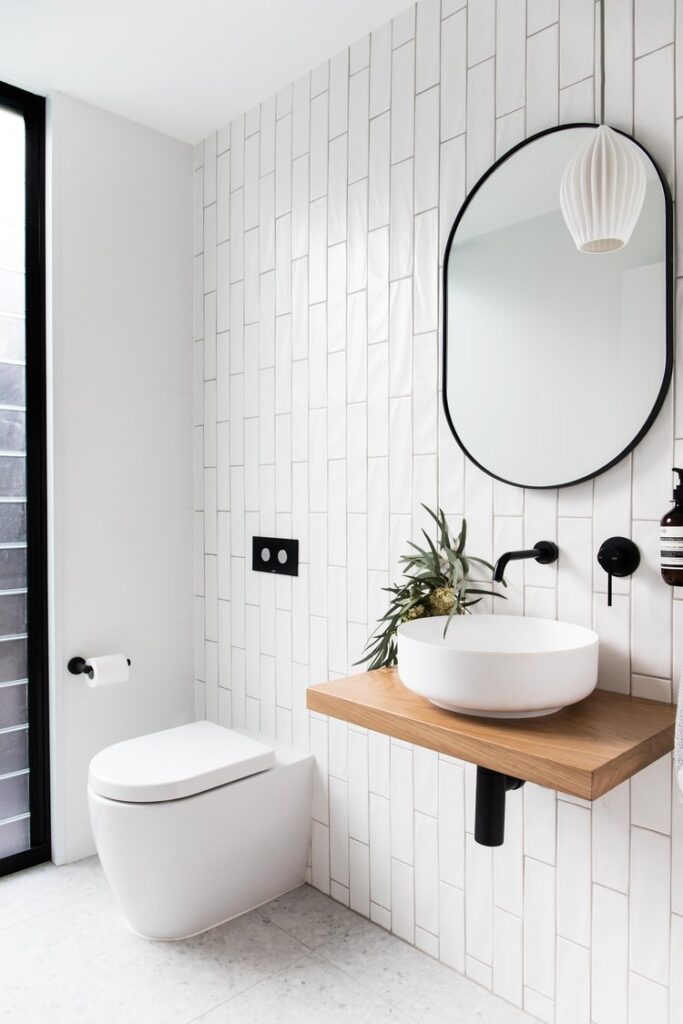
Vertical Offest Bond
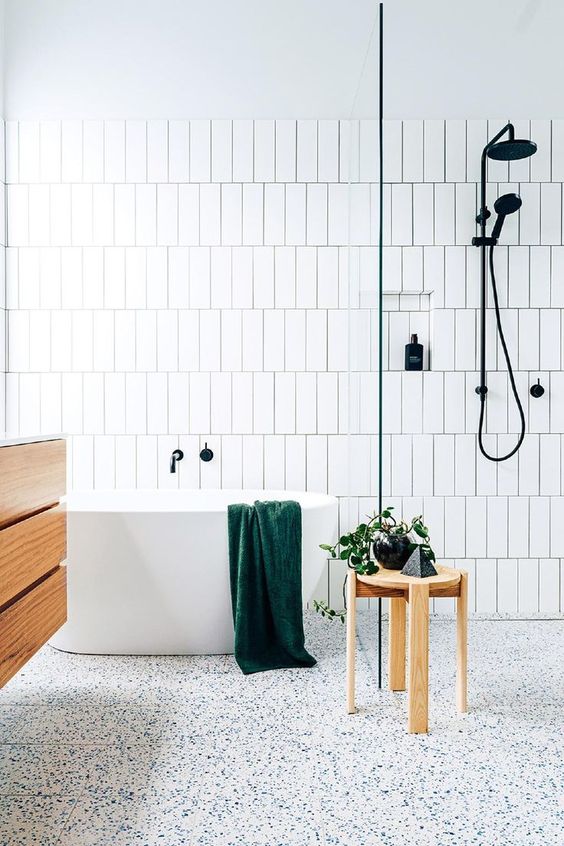
Herringbone
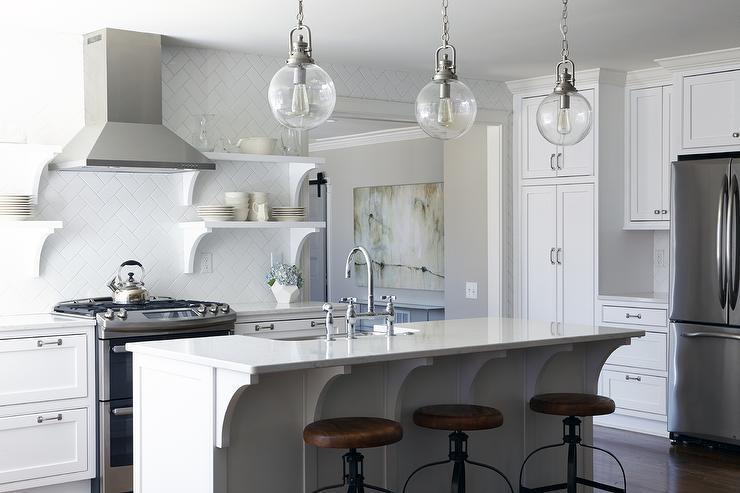
Vertical Herringbone
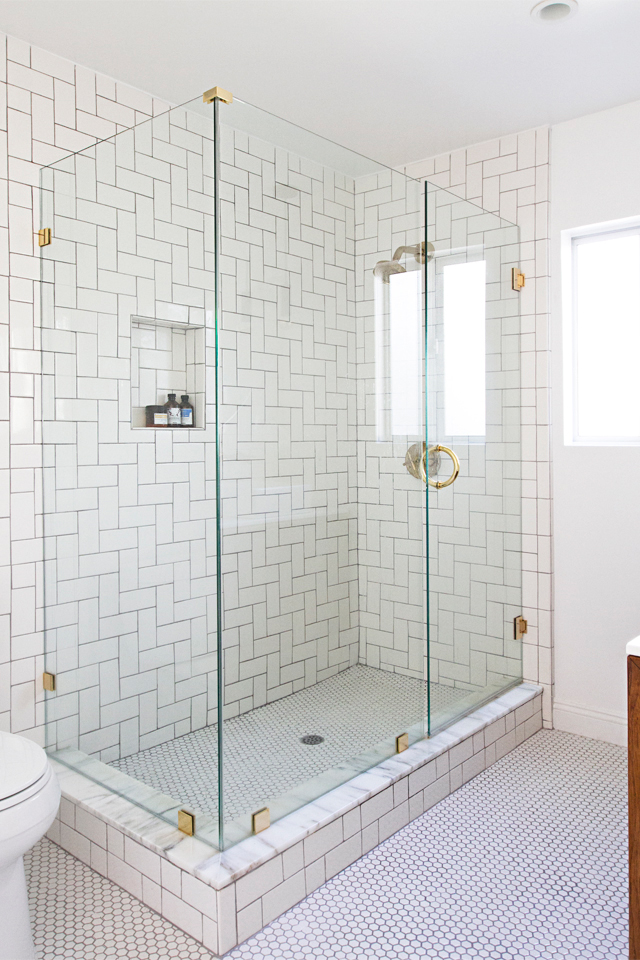
Crosshatch
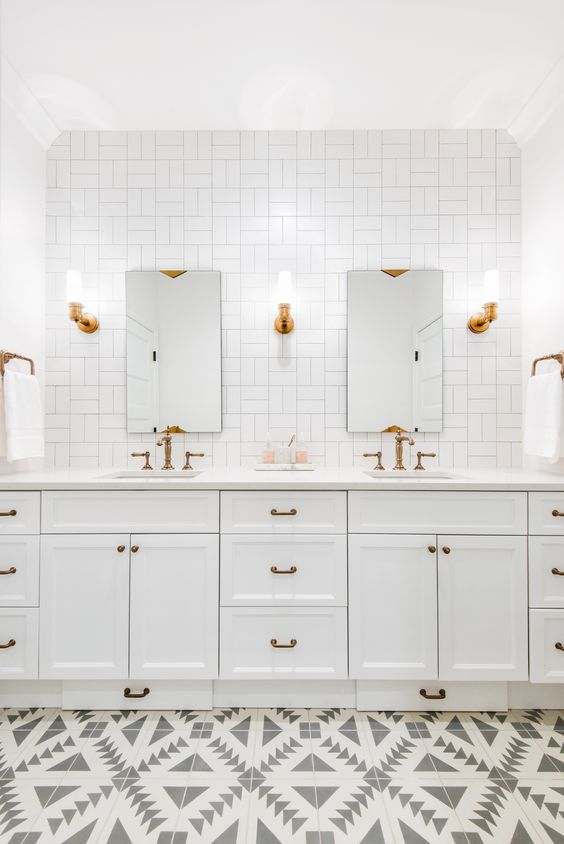
And here is your quick and easy cheat sheet. Danielle, my sweet intern, rendered every one of these patterns by hand and needed new glasses by the end of it! You can download it full size by clicking on the image.
ps–if you love these kinds of downloads, oodles are being added to the online course “Stage Your House To Sell” over the coming months. The course is really ideal for anyone involved in getting a house ready to sell and you have lifetime access along with a private Facebook group to get your questions answered by me each week. You can learn more about it here.
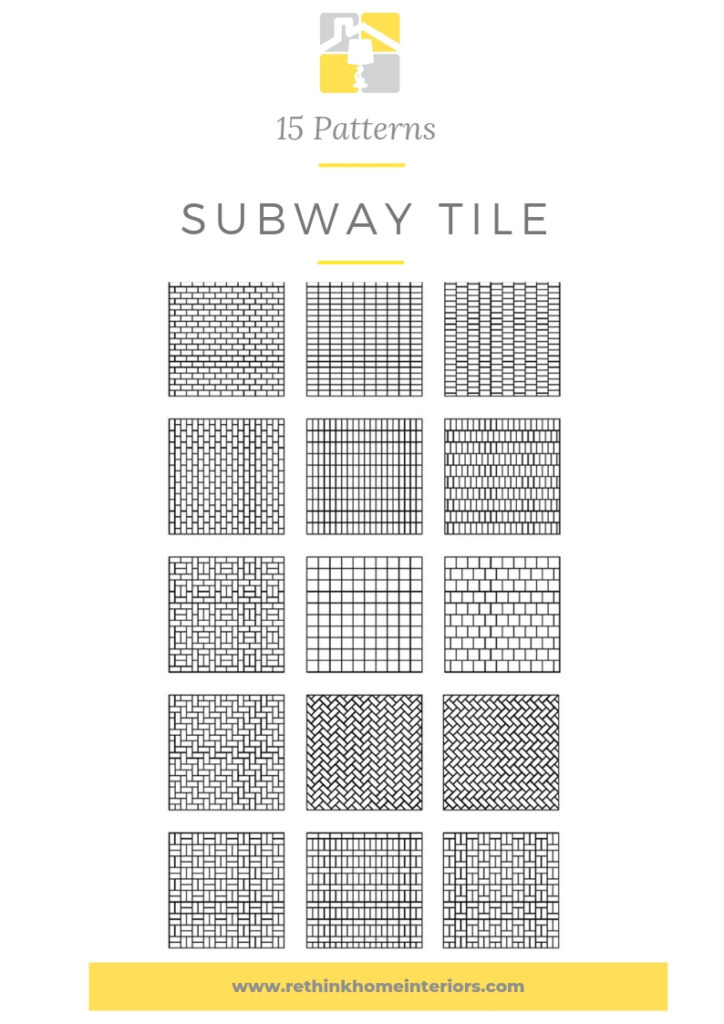
xo,
Lori
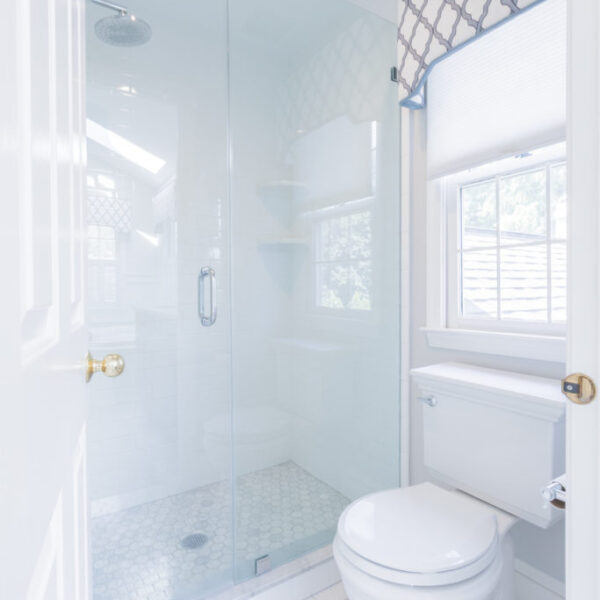
Leave a Reply